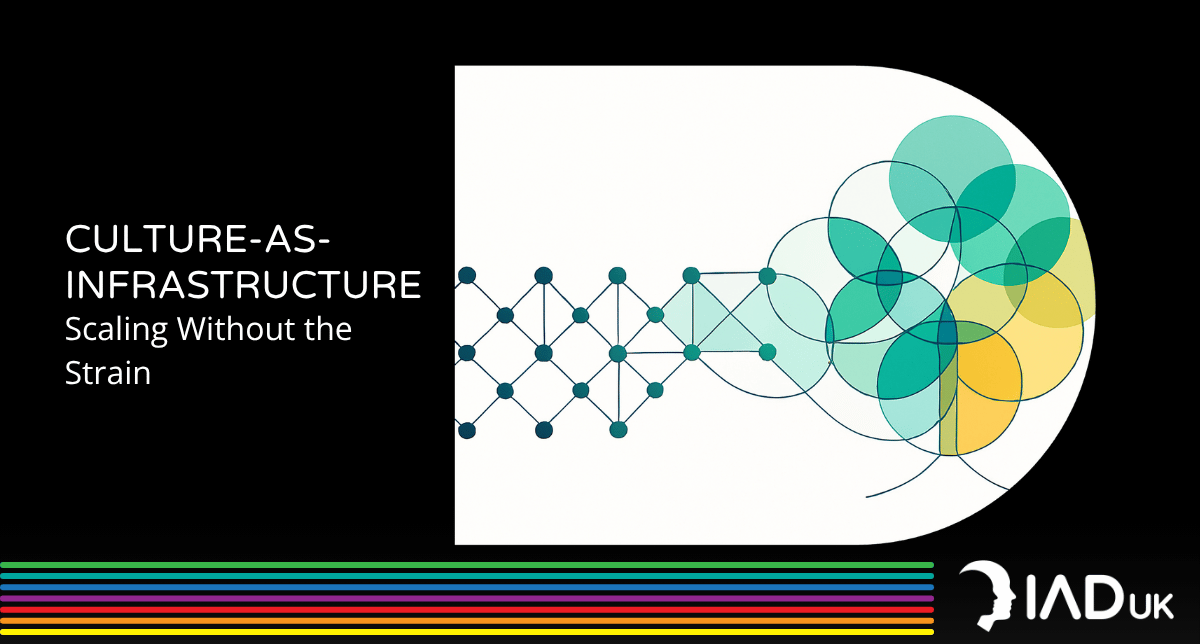Developmental blog
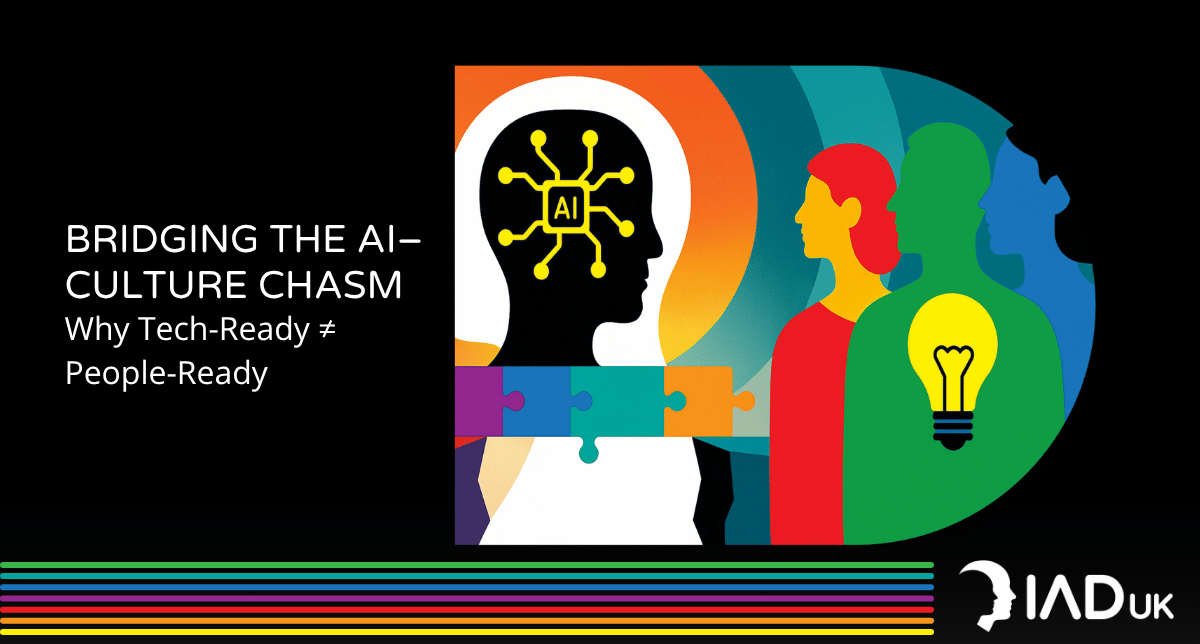
As AI adoption accelerates across mid-sized organisations, a critical gap is emerging: cultural readiness. This article explores why leadership capability—not technology—is now the top barrier to AI success. Drawing on insights from McKinsey and Node4, it reveals how misaligned thinking across business and IT teams sta
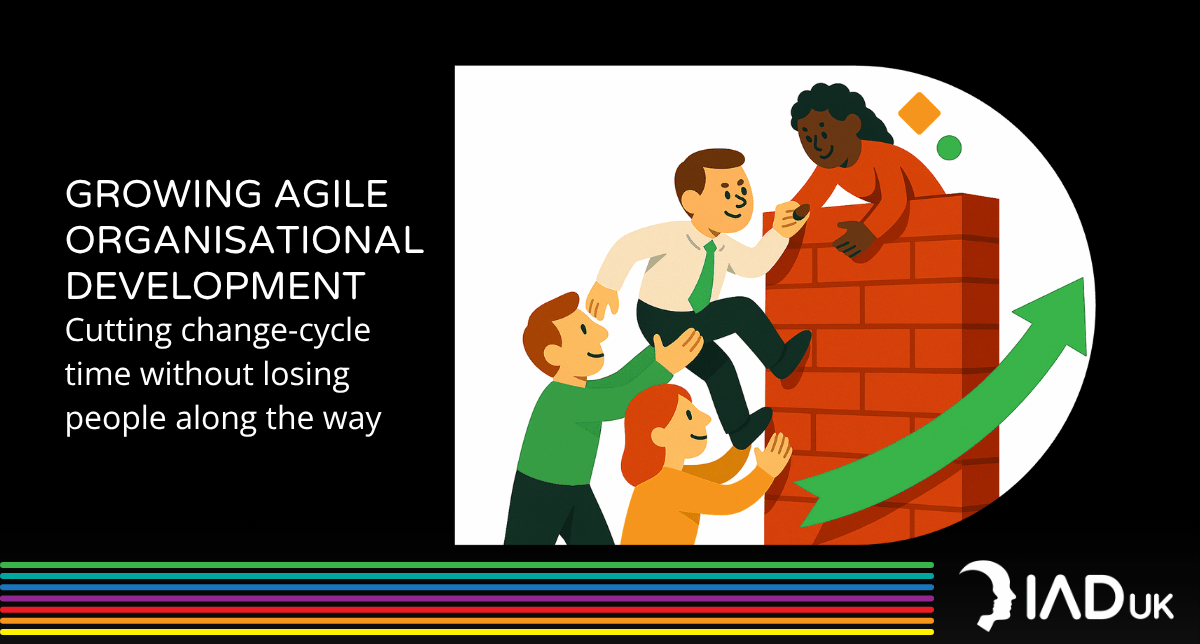
Discover how mid-market scale-ups can cut change-cycle time in half without exhausting their people. This article introduces Growing Agile OD, a practical approach rooted in the 2025 Journal of Organization Design manifesto. Learn why traditional change models are too slow, how Agile OD Sprints deliver monthly developmental wins, and how DIDS diagnostics act as your strategic backlog. Perfect for Heads of Organisational Development navigating transformation fatigue, it shows how to shift from structural overload to adaptive flow.

Discover why most leadership programmes fail to deliver transformation in today’s complex world, and what to do instead. This article introduces FRAME (Fluid, Responsive, Ambiguous, Multi-perspectival, Emergent) as the new leadership context and outlines how the Dynamic Intelligence Development System (DIDS) helps OD and transformation leaders engineer vertical development. Learn how to build leaders who can think differently under pressure, shift their cognitive frameworks, and construct meaning in real time. If your leadership strategy still focuses on skills over structure, it’s time to go: vertical or bust.
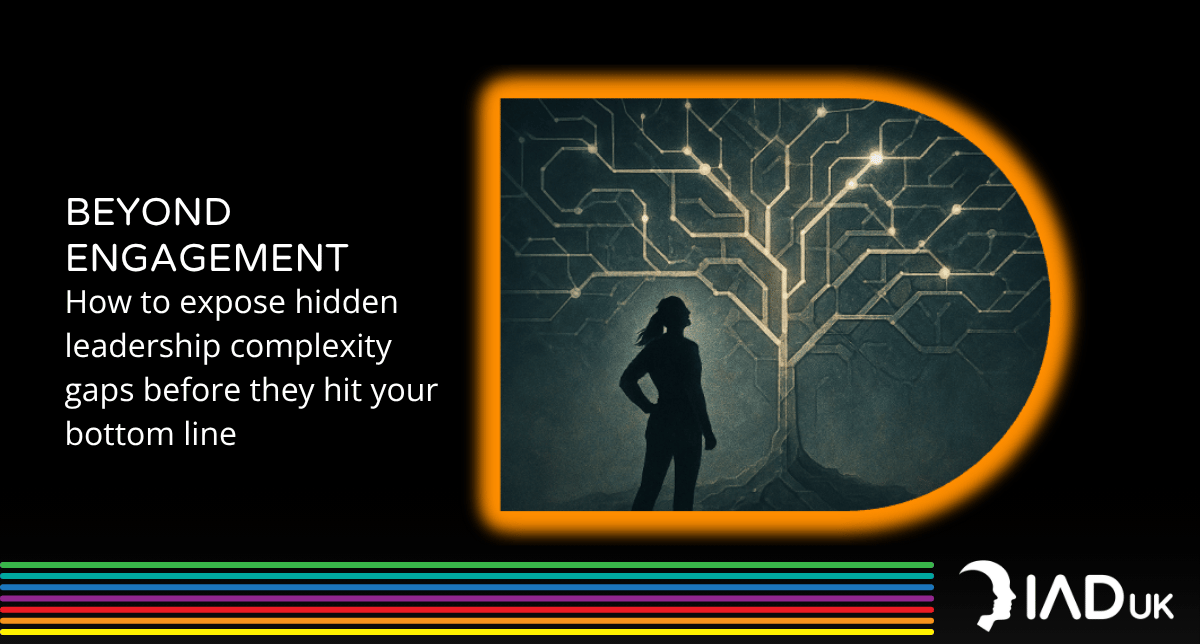
Discover why engagement surveys keep failing to fix leadership challenges, and what to do instead. This article introduces Organisational Development and Transformation professionals to the hidden cost of unmeasured complexity gaps in leadership. Learn how to diagnose thinking mismatches, implement vertical development, and align role demands with real cognitive capability. Featuring insights from Gartner’s 2025 HR priorities and a real-world case study, this guide shows how tools like the Complexity Gap Diagnostic™ can transform how you develop leaders. Don’t just manage engagement, solve what’s driving disengagement.

Discover a bold new take on organisational change with Getting Change Really Right: Rethinking Evidence-Based Change. This article critiques the widely accepted ten-step change management framework through the lens of Constructed Development Theory (CDT) and the Dynamic Intelligence Development System (DIDS). It explores how traditional models often overlook the developmental readiness of individuals and systems, and argues that successful, sustainable transformation depends not just on better strategies—but on more complex thinking. Ideal for change leaders seeking to move beyond surface-level compliance to deeper cognitive engagement, the piece offers a thought-provoking shift from behaviour-focused interventions to growth-oriented change leadership.
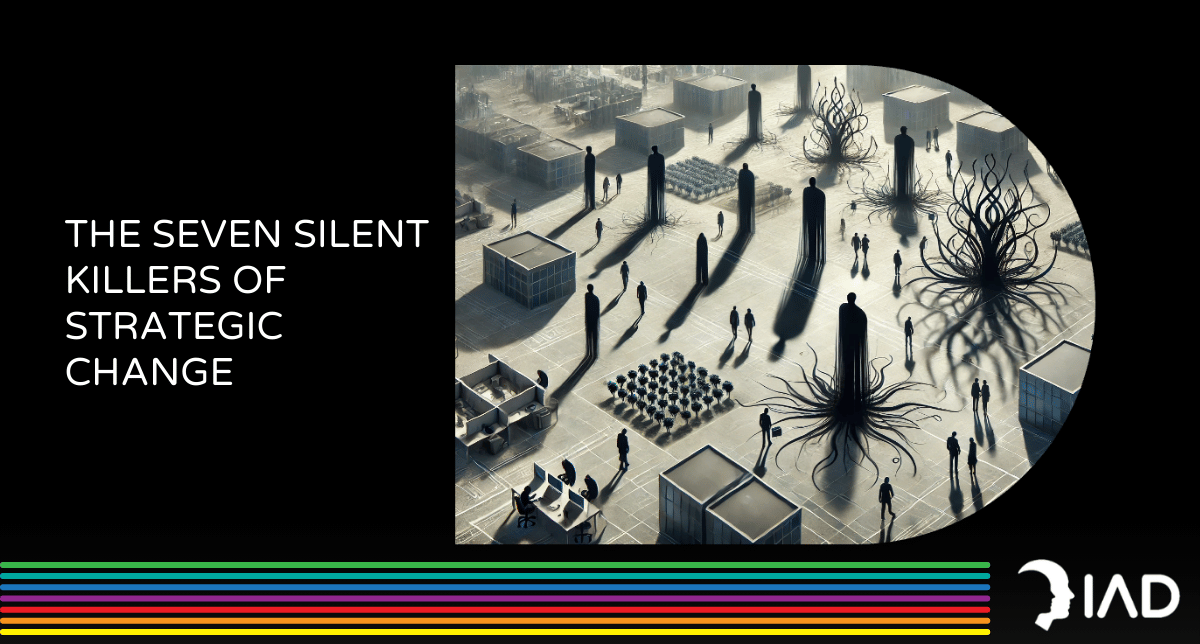
Why do smart organisations fail at strategy, even with vision, investment, and talent? In today’s Brittle, Anxious, Nonlinear, and Incomprehensible (BANI) world, traditional responses no longer work. This thought-provoking article explores the seven silent killers of strategic change, first identified by Beer and Pregmark, and reframes them through a developmental lens. Rather than prescribing surface-level fixes, it introduces the Dynamic Intelligence Development System™ (DIDS™), a deeper, systemic approach that cultivates intentional thinking, adaptive leadership, and organisational coherence. For HR leaders seeking to build change-ready cultures, this is more than a wake-up call. It’s a new way forward.
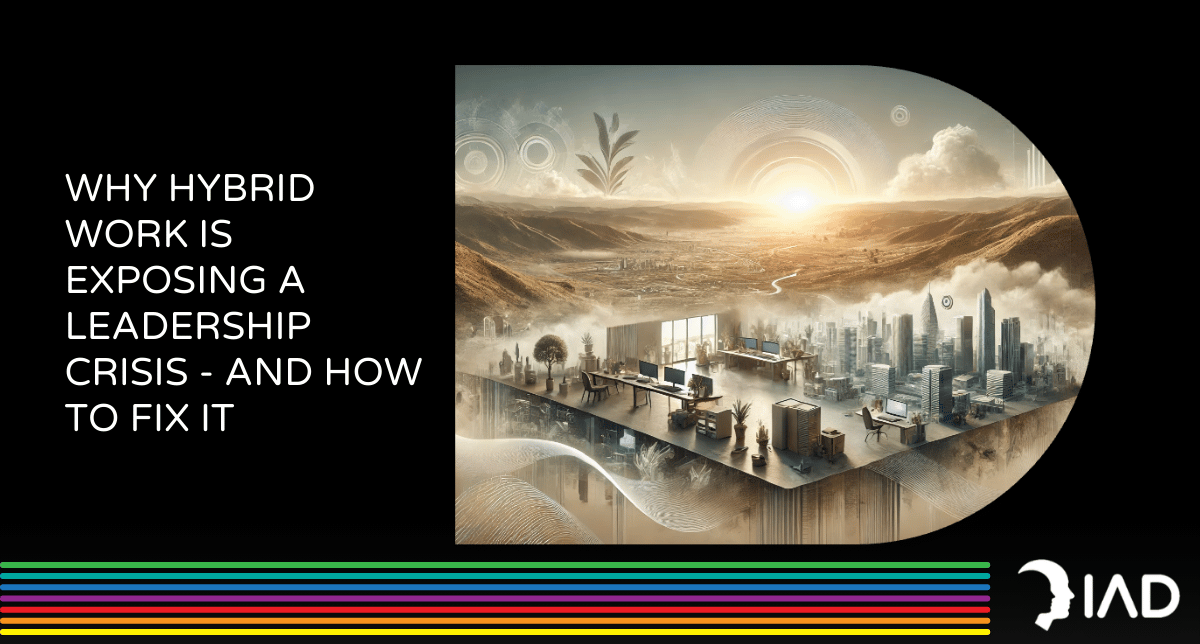
Discover why hybrid work is exposing a critical flaw in traditional leadership—and what forward-thinking organisations can do about it. This article explores how the complexity of hybrid environments is revealing a lack of cognitive agility among leaders, resulting in disengagement, burnout, and cultural drift. Learn why technical fixes aren’t enough, and how developing Dynamic Intelligence can bridge the gap. Featuring insights from McKinsey, DDI, and the Institute for Adult Development, this thought-provoking piece offers a roadmap for cultivating leadership that thrives in complexity. If you're responsible for shaping leadership capability in your organisation, this is essential reading.


